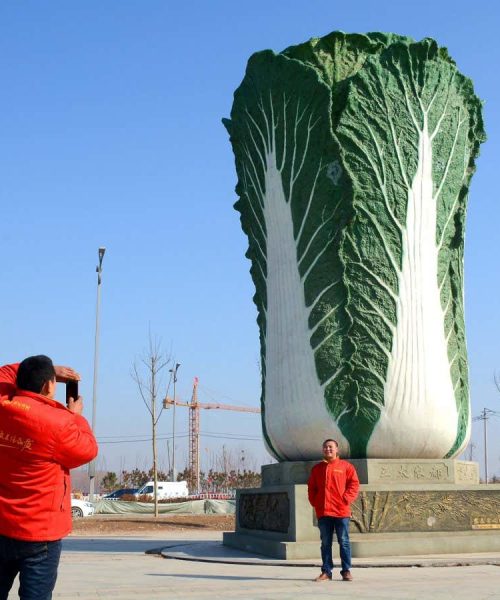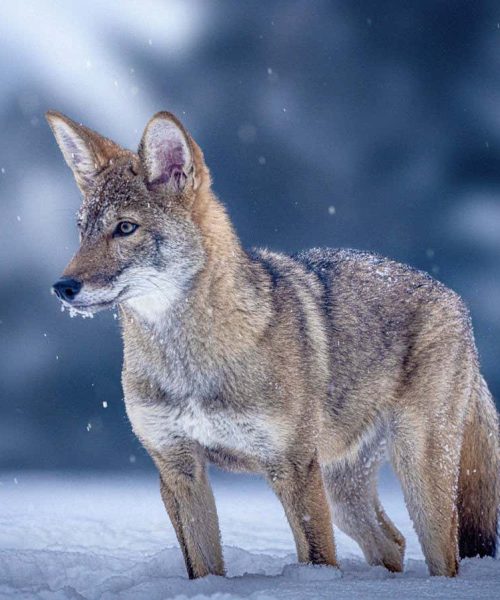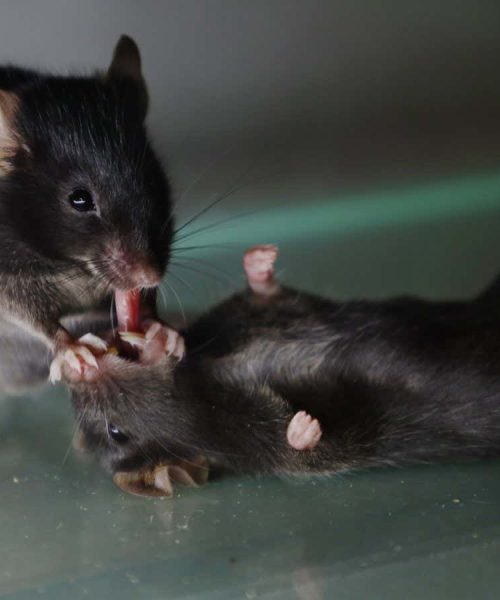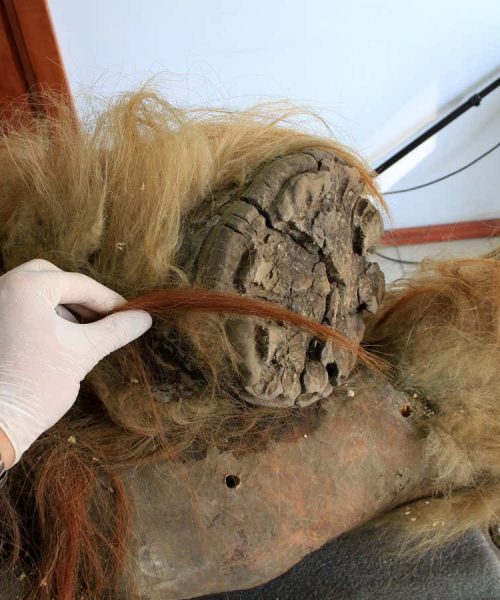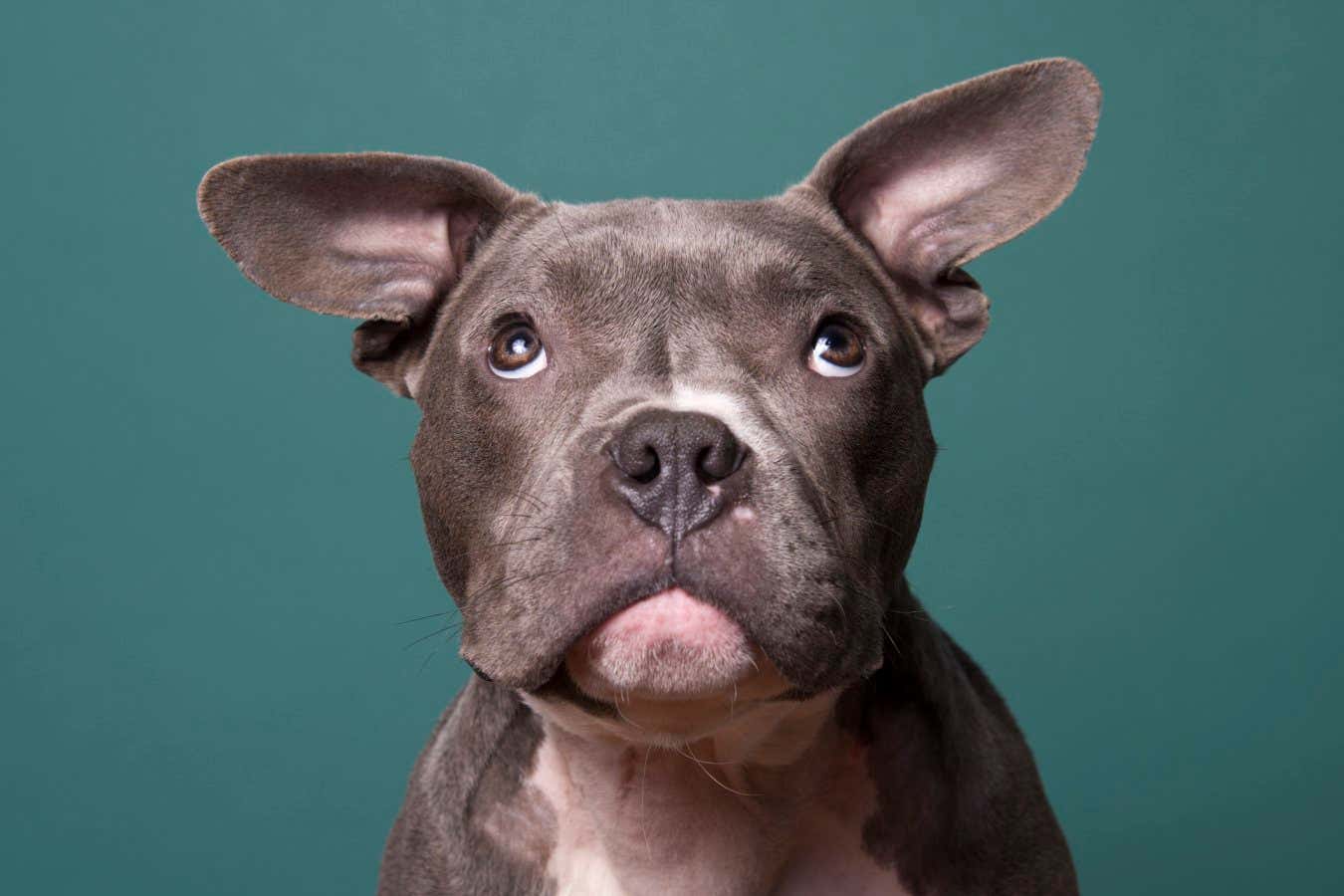
Sophie Gamand
“Oreo was my best friend growing up,” says Brian Hare. If Hare wanted to hone his baseball pitching skills, his Labrador enthusiastically took on fielding duties. If he decided to explore the nearby woods, Oreo was an ever-willing companion. But there was one place where boy and dog always parted company. “Oreo never set foot in our house. Not one time,” says Hare.
Today, the front door is no longer closed to most dogs in higher-income countries – and many spend their days relaxing on sofas and watching TV. You would think they would be in doggy heaven. But Hare, an evolutionary anthropologist at Duke University in Durham, North Carolina, thinks the development has left them in the doghouse. For millennia, he says, we expected dogs to guard our property and protect our family at nighttime. Now, we have a different set of expectations. Not only do we want our indoor dogs to be friendly around strangers and rest quietly through the night, they should also respond to potty training, refrain from chasing other animals and keep their dirty feet off the upholstery. “It’s an evolutionary mismatch,” says Hare.
The good news is that this problem is solvable. A glut of recent studies indicate that selective breeding and careful training can help dogs adapt to indoor life. Meanwhile, Hare and his team have set up a “puppy kindergarten” in their lab to drill down into the behaviours required and shed new light on dogs’ cognitive developmental milestones. Better yet, the researchers have devised techniques…
